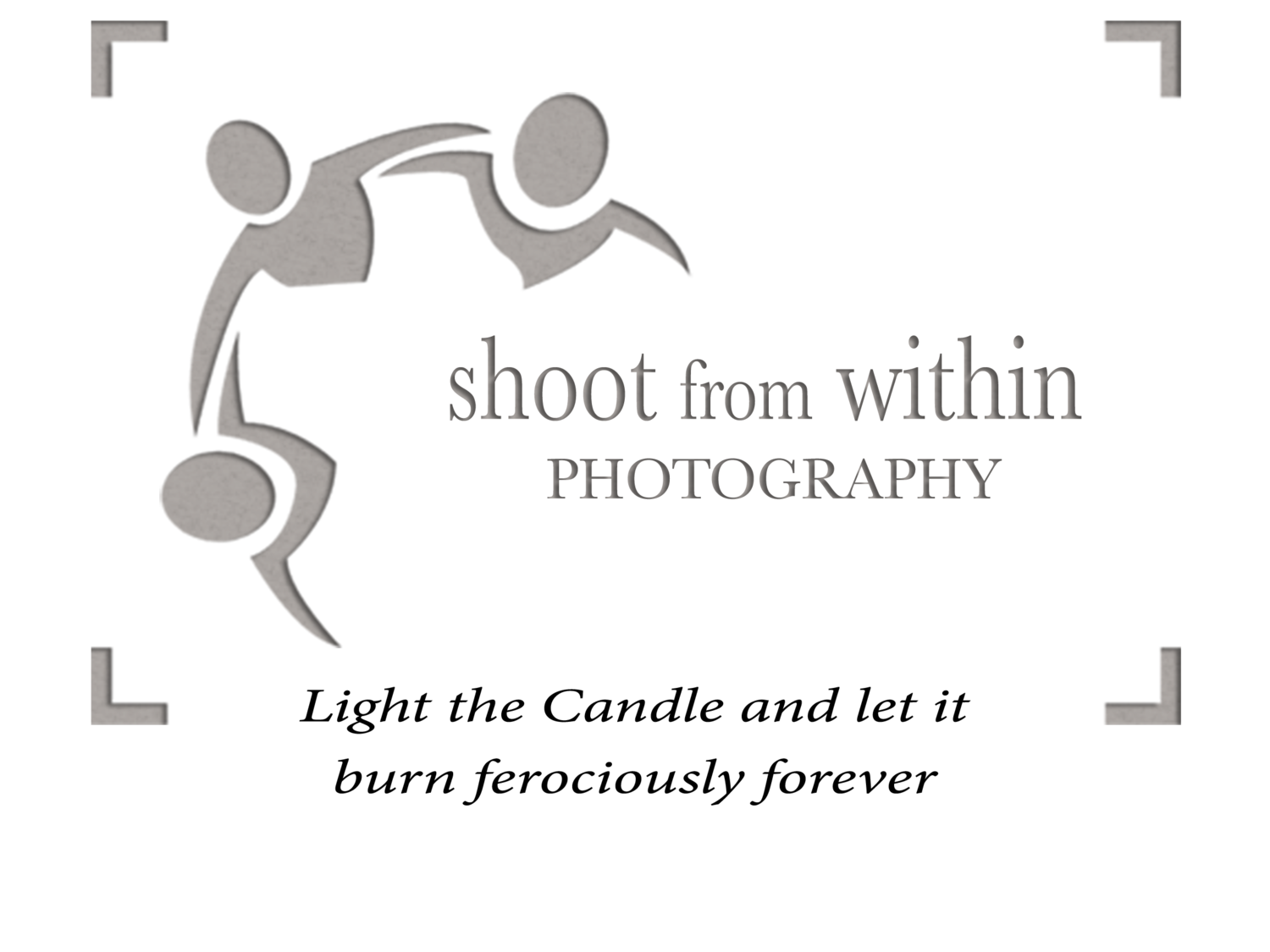FAQ
What is your shipping policy?
Once checkout is complete, our company's policy is to ensure all unframed pieces of artwork are dispatched within 7 calendar days (normal turnaround time is 3 days), this allows for, Matting and Mounting, final Quality Control checks and packaging. If the final item is framed please allow 14 calendar days for dispatch (normal turnaround time is 7 days). For Acrylic Prints please allow 20 days for delivery.
DOMESTIC
Shoot From Within delivers to all 50 states of the United States, using either USPS, UPS or FedEx to ensure timely delivery, if you have a preference for shipping company and it is more expensive than competitors, we will gladly ship if you, the consumer, pay the extra fee.
INTERNATIONAL
Shoot From Within Photography ships internationally, using recognized delivery companies, depending on your location a custom shipping quote will be provided by email communication.
How will I know my goods have been despatched?
As soon as we've despatched your order, you'll receive an email from us confirming the details of your purchase and the shipping method you've chosen. We'll point you in the right direction of tracking the progress of your delivery too.
How can I track my order?
We'll email tracking details of your order to you along with your despatch confirmation.
What happens if my order arrives damaged?
No need to worry - if part or all of your order is damaged in transit, give our After Sales Care Team a call on 215-869-6520, or email us and we will resolve the problem as soon as possible.
In most cases the damaged goods will be returned at our expense and a new piece dispatched. This is for quality control purposes.
What is a Palladium Print?
The Palladium printing process was introduced during World War One, when Platinum became prohibitively expensive. It uses Palladium salts instead of silver as the light sensitive material. These prints are characterized by their ability to reproduce a long scale of tonal values. It is a very permanent image, and is highly valued for this reason. The process is appreciated for its aesthetic qualities, and is favored among art photographers. It is usually characterized by soft, gray tonalities, but it is possible to change the color of the print during development or by toning the finished print.
What is a Silver Gelatin Print?
Silver Gelatin printing has been the primary black-and-white process since its development in the late 1880s and consists of three layers—paper, baryta, and gelatin—on which an image is produced. The paper essentially serves as a base, with the baryta layer (a surface preparation of barium sulfate) sitting on top to separate the image-containing gelatin layer from the paper support. The gelatin layer is made up of an emulsion that consists of light-sensitive silver compounds that form the image following exposure of the negative and development in a chemical bath. Another distinguishing feature is the smooth, even image surface. Following development toning can be applied to the print. Selenium toner enhances a prints tonal range. Selenium toner can produce tones from red-brown to purple-brown depending on the dilution. Selenium toned prints are highly stable as it partly converts the original silver image to silver selenide.
What is a Giclée Print?
Giclée printing is a process that uses fade-resistant, archival inks and archival substrates to print on large format printers. The term Giclée printing is based on the French word "le gicleur" meaning "nozzle", or more specifically "gicler" meaning "to squirt, spurt, or spray". The term is a neologism coined in 1991 by printmaker Jack Duganne for fine art digital prints made on inkjet printers. The name originally applied to fine art prints created on Iris Graphics printers in a process invented in the late 1980s but has since come to mean any inkjet print.
What is an Acrylic Print?
An Acrylic Print means the image is printed directly onto the Acrylic using Archival Inks. By printing directly onto Acrylic there is no issue with air bubbles or dust caught between the Giclee print and the acrylic during the mounting process. The Edges of the Acrylic are polished to enhance the viewing, making it crystal clear, flat and vibrant.
